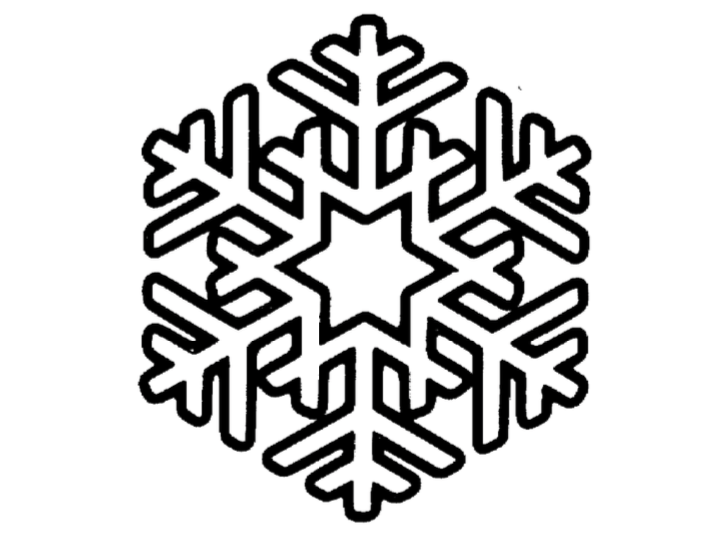Games and Activities on Antarctica
- January 12, 2015
- By KIDS DISCOVER
Have students try these activities to expand their knowledge and interest in Antarctica.
The average winter temperature in Antarctica is –74°F. Have students research the average winter temperature in your town and other cities around the world. Then encourage students to do some math problems with Fahrenheit and Celsius. For example, what is –74°F on the Celsius scale? What is 50°F expressed in Celsius? What is 50°C on the Fahrenheit scale?
Geography
On the three maps in Racing to the Pole, there are lines of latitude and longitude. Use an atlas or globe to show the difference between lines of latitude and longitude. Discuss also the concept of east and west longitude, and north and south latitude. To practice these concepts, have students play a latitude-longitude game. Divide the class into several groups. Each group should find five places on a map and write down their coordinates of latitude and longitude. Then each group should have a turn to challenge the other groups to name the places.
Language Arts, Social Studies
Three men mentioned in Racing to the Pole were among the earliest explorers of Antarctica: Roald Amundsen, Robert Scott, and Ernest Shackleton. Have each student choose one explorer and do some research on his trip to Antarctica. Students should use the researched information to write a newspaper article about the expedition. Give students tips on how to write interesting news articles and encourage them to come up with headlines for their articles that will draw the reader in to read the story.
Language Arts
Have students read Dressing for Survival to find out about the Bancroft-Arnesen expedition across Antarctica. They can also research the expedition on the Internet. Then have them imagine that they are part of the expedition traveling across Antarctica on skis. Students should write three or four entries in a diary, describing what they did and saw and how they felt. Encourage students to include drawings with their journal entries.
Art, Social Studies
Icons of flags of various nations appear in Antarctica at a Glance. Have students look at the flags and see how many they recognize. Then have students use an encyclopedia or other reference book to look up flags of all nations. Each student should choose a different flag to draw and color with magic markers or paint. Display the flags around a world map and attach string between each flag and its country on the map.
Science
In the mid-1980s, scientists found a “hole” in the ozone layer over Antarctica. Have students find out what the ozone layer is and why it is so important. Students should write a short report giving details about the ozone layer, as well as ideas about what can be done to help prevent the ozone layer from shrinking.
Language Arts
Have students imagine that there is a contest to choose a person to go to Antarctica to help the scientists working there. Have students write a persuasive essay of about 200 words stating why they feel they would make an excellent candidate. Encourage students to read about science labs in Antarctica in Antarctica: Giant Research Lab and use the information as a basis for their essay.
Games and Activities on Antarctica | Kids Discover

Kids Discover Talks with Television Lighting Designer Christopher Landy About the Rockefeller Center Christmas Tree Lighting
- December 9, 2025

It’s the Most Wonderful Time of the Year… For Community Service Projects!
- December 8, 2025

The Rockefeller Center Christmas Tree Lights the 2025 Holiday Season in New York City
- December 3, 2025
